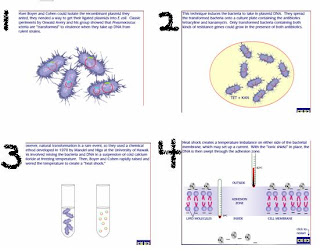C3 Plants
In order for C3 plants to limit their lost of water on hot and dry days, they close their stomata. Consequently, this begins the process of photorespiration where the Calvin cycle is slowed down as the concentration in the leaf air space decreases. O2 and CO2 would begin to accumulate, and enables rubisco to add O2 in place of CO2 to RuBP. Lastly, the produce would split while a two-carbon compound departs from the chloroplast, in order to release more CO2.
C4 Plants
CO2 is added to PEP (3-carbon compound) with the help of the enzyme, PEP carboxylase, since it tends to have a high affinity for CO2. In the mesophyll cells of the leaf a four-carbon compound is then formed and moved to the bundle-sheath cells of the leaf where it is tightly packed at the leaves' veins. Like C3 plants, C4 plants also breaks down the compound to release CO2. The Calvin cycle is then initiated as the CO2 concentration is high enough for rubisco to accept CO2.
CAM Plants
Similar to C3 plants, CAM plants or Crassulacean Acid Metabolism, also close its stomata to save water. it closes its stomata during the daytime and opens its stomata at nighttime, in order to save water and to take up CO2 and to use CO2 by putting it into several organic acids. In the daytime, CO2 is released as compounds are being broken. However, CAM plants differ from C4 plants; CAM plants' pathways do no structurally separate carbon fixation from the Calvin cycle. In CAM plants, carbon fixation and the Calvin cycle are separated in time.





